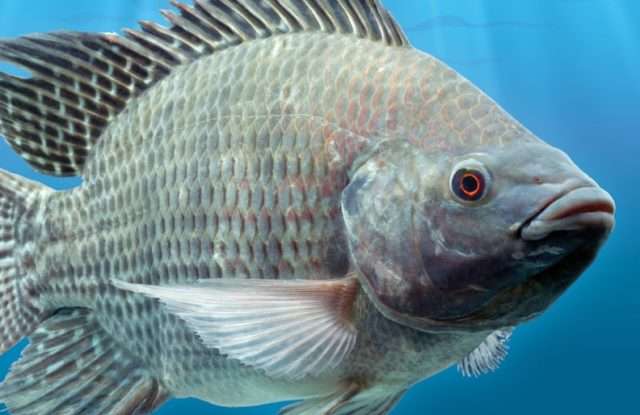Why is tilapia considered a garbage fish?
This is coming from the perspective of an American chef:
- Advertisement -
Tilapia is cheap. Also, it doesn’t taste like much. But most of the problem is that it’s cheap. It’s the fresh fish that the most inexpensive restaurants can afford to put on their menu, right there with catfish. It’s perceived as low class. At nicer restaurants, you want to put your ingredients on a pedestal, to justify the higher cost. When people go into a Captain D’s, they can get tilapia, so when they come to my place, I want to offer something nicer.
Why is it cheap? Well, for one thing, it’s intensively farmed. So is salmon, sure, but wild salmon still has a large enough market share to give the fish some cachet. Also, salmon has a prominent place in the traditional cuisine of Northern Europe and North America, so in the West it has a certain gastronomic validity that tilapia lacks. Still, it’s increasingly rare to see salmon at the best restaurants, since it’s cheap enough for the lower-middle-of-the-road places to serve.
- Advertisement -
Here is a rough breakdown of the various economic tiers of seafood, and the sort of restaurants that serves them. These lists are by no means complete, and there are certainly exceptions.
- Advertisement -
Tier 1: Ultra Premium (seen at top restaurants)
John Dory, Dover sole, Hawaiian opa, langoustines, live scallops, Mediterranean wild striped bass (loup de mer), bluefin tuna, wild turbot (common theme: flown in, often from far away)
Tier 2: Premium (seen at top restaurants in smaller towns, or second-tier restaurants in places like NYC or Chicago)
Alaskan Halibut, untreated yellowfin tuna, farmed loup de mer, Maine lobster, stone crab, Canadian raw oysters, dry pack sea scallops, and, in places near water, locally caught premium fish (here in South Carolina that means wreckfish, grouper, black sea bass, and swordfish)
Tier 3: Upscale (seen at dedicated seafood restaurants and as specials in everyday restaurants)
- Advertisement -
Wild salmon, wild flounder, wild drum, mackerel, domestic shrimp, Chilean sea bass, snow crab, pompano, snapper, treated yellowfin tuna (gassed to prevent color loss), Gulf raw oysters
Tier 4: Everyday (seen at mom & pop restaurants, bistros, places that cook real food but try to keep their prices low)
Frozen yellowfin tuna, shucked oysters, low-chemical imported shrimp, cod, farmed rainbow trout, fresh farmed salmon, octopus, farmed drum, frozen lobster tails
Also, this is where ‘by-catch’ lives. By-catch is a term for non-commercially viable fish that wind up in the nets. Things like mullet, whiting, grunt (pictured), and bluefish, if you happen to be in South Carolina. When I was a higher-end chef, I actually liked featuring by-catch, because some of it is amazing, but you can’t charge too much for it. Usually this stuff ends up on the ‘Specials’ black board at fry shacks. (Some things start out as by-catch, and then become commercially viable. Where I am, sheepshead and triggerfish are two such examples. One old couple where my wife works were SCANDALIZED that they were selling sheep head, and the old Charleston man complained that those were the fish they’d give to ‘the blacks’ at the end of the fishing trip. Oh, Charleston….)
Tier 5: Low-end, or ‘garbage’ (some of these things aren’t garbage at all, it’s just that they are associated with the cheapest seafood options available in the market, and higher end restaurants accordingly don’t want to feature them. Seen at chain restaurants, bar-and-grills, fast food, and lower-end fry shacks. Some of these, like squid, occasionally get featured at higher-end places (Grant Achatz did a dish called Squid in Textures), but I’m still including them here, because the vast majority of squid that is sold in the US is on fried plates at places like Olive Garden.
Catfish, frozen farmed salmon, our buddy tilapia, squid, haddock, pollack, high-chemical-treated imported shrimp
So there’s your answer.
Source: Jesse Cooks and Reads
- Advertisement -


